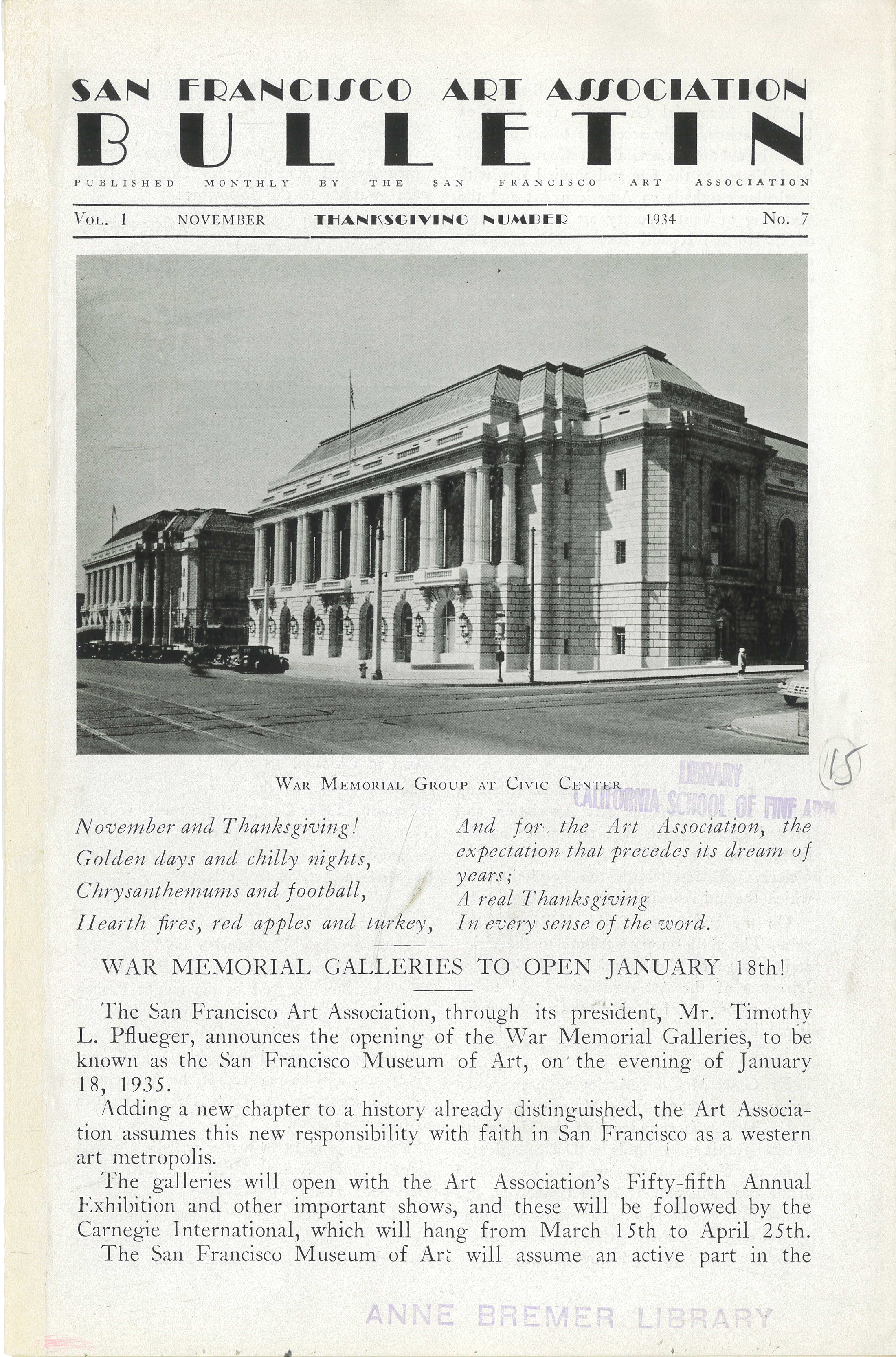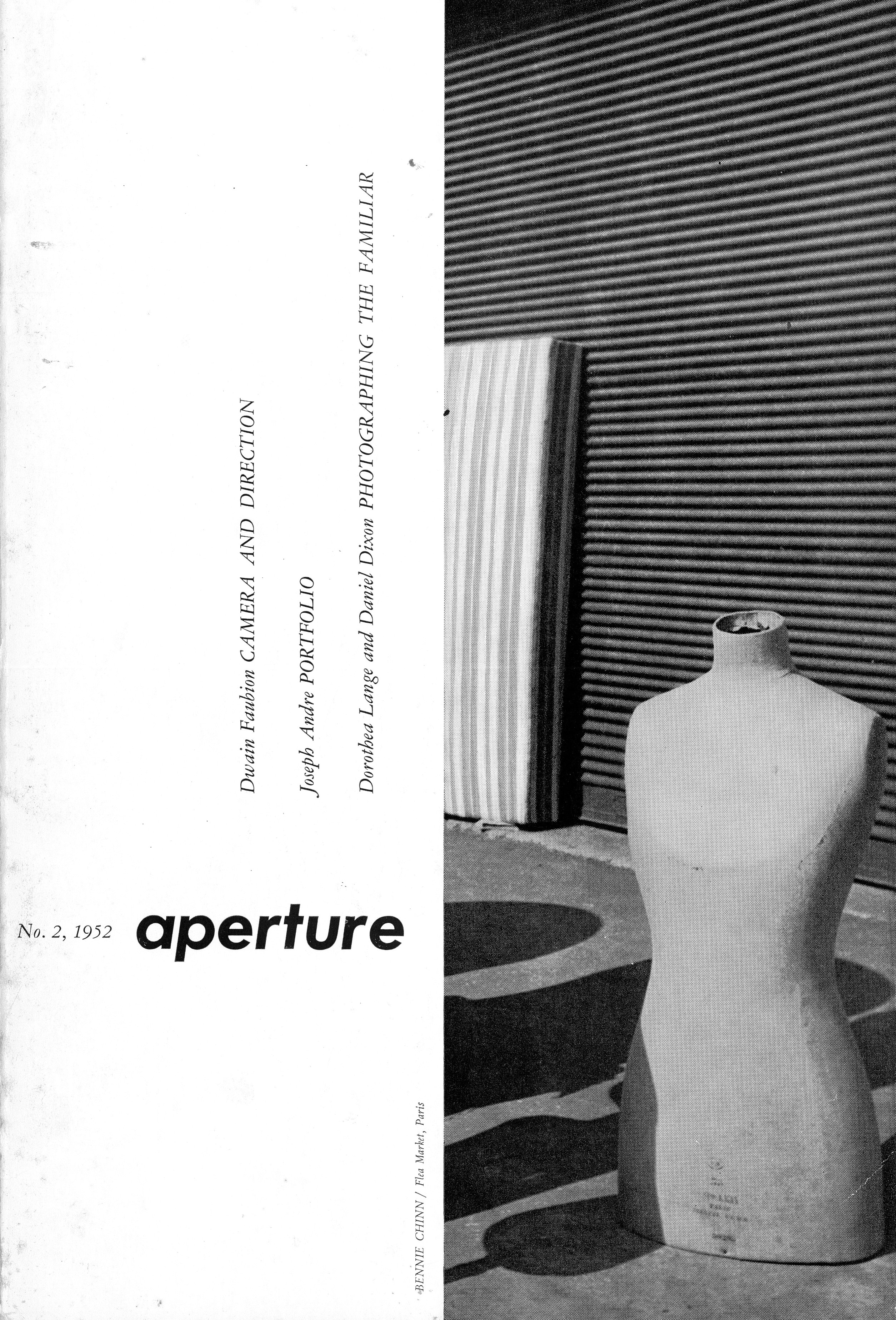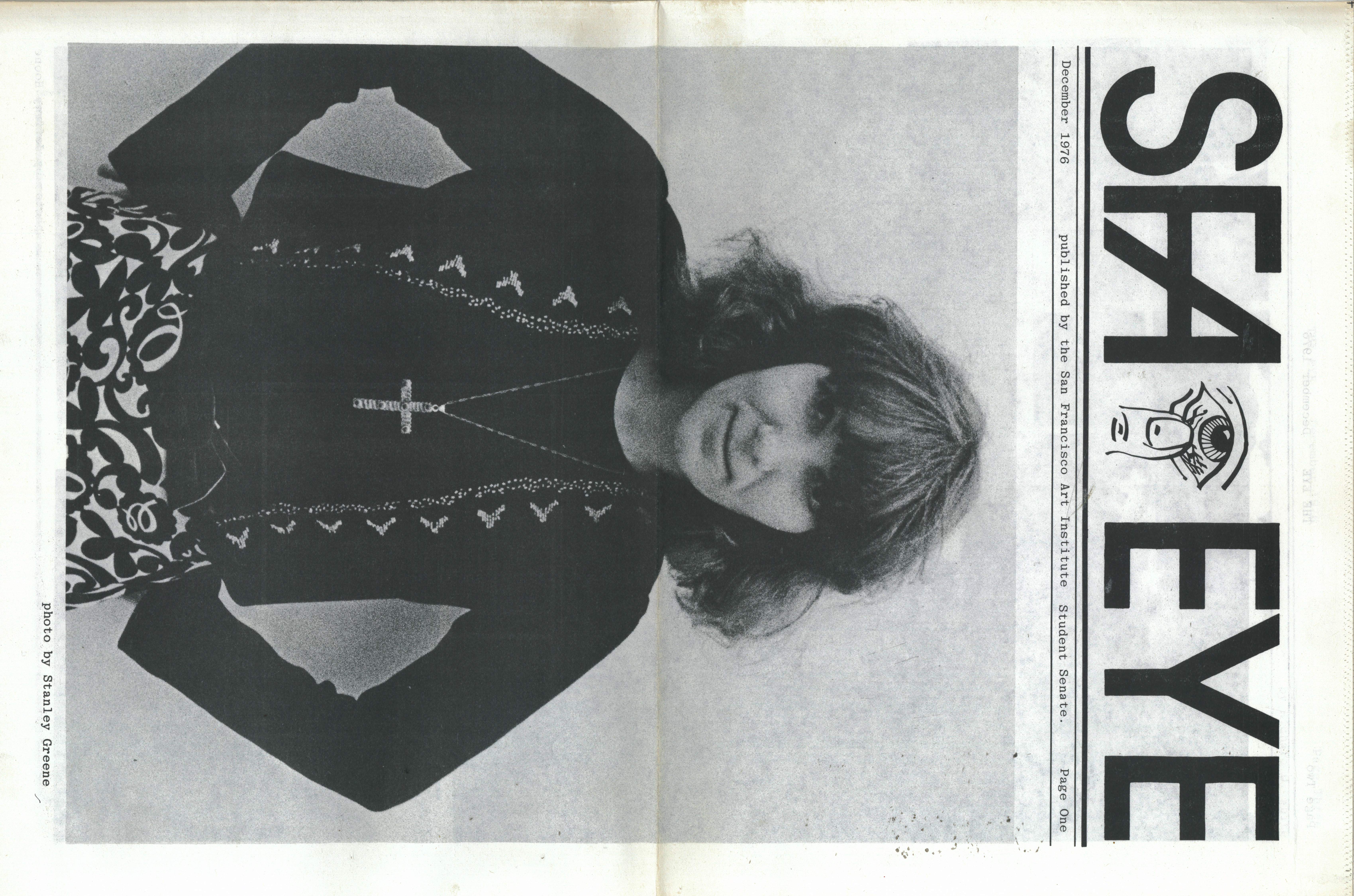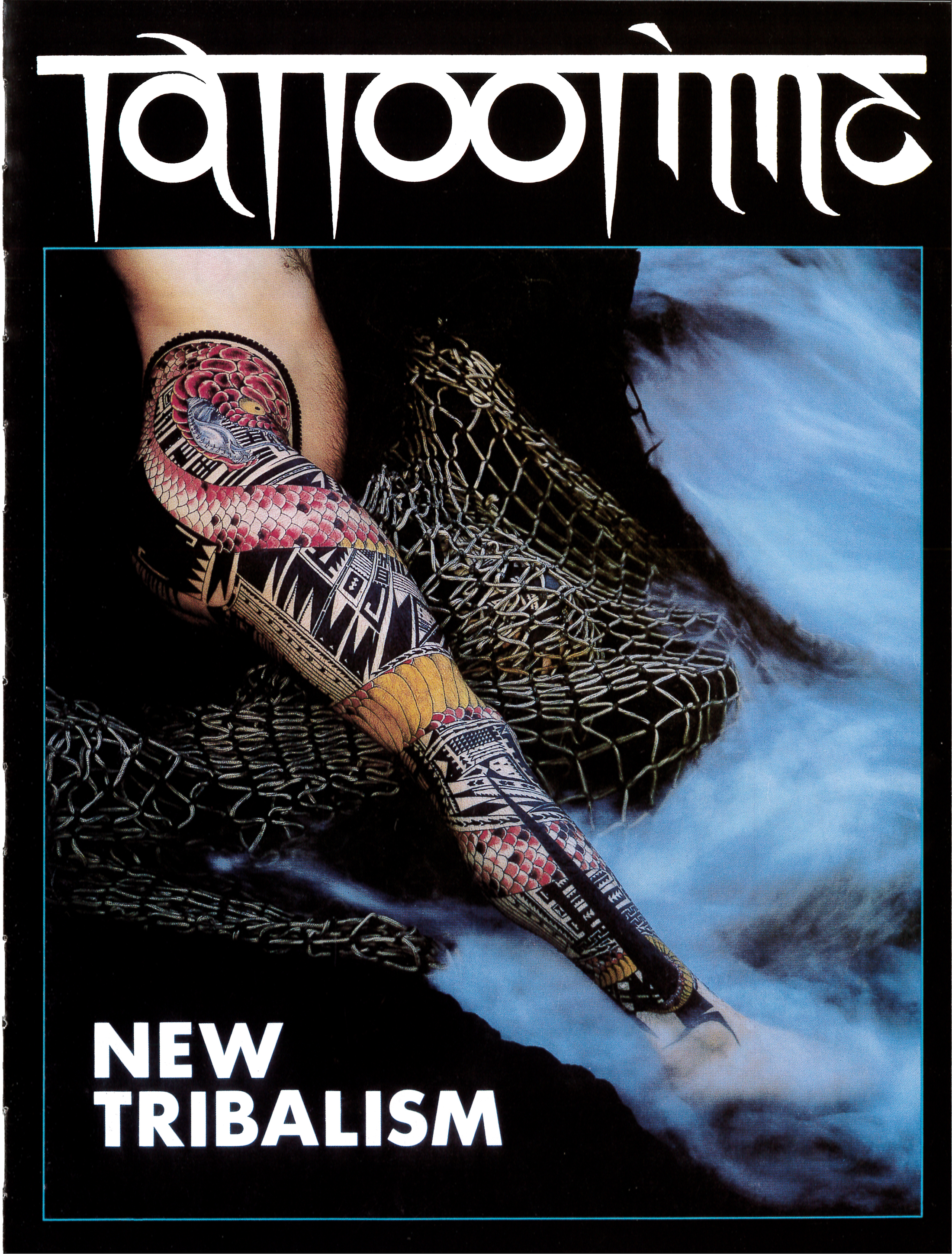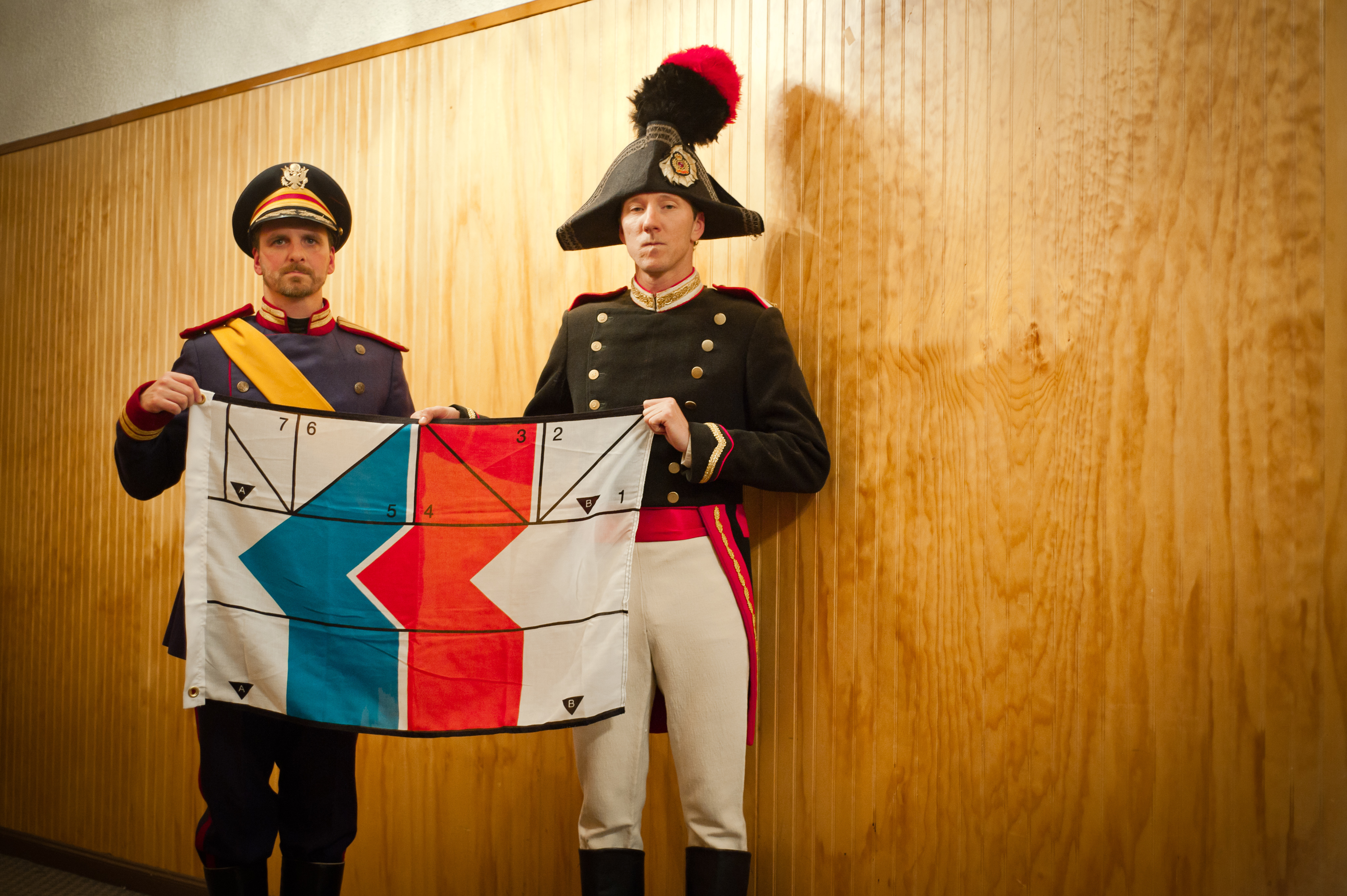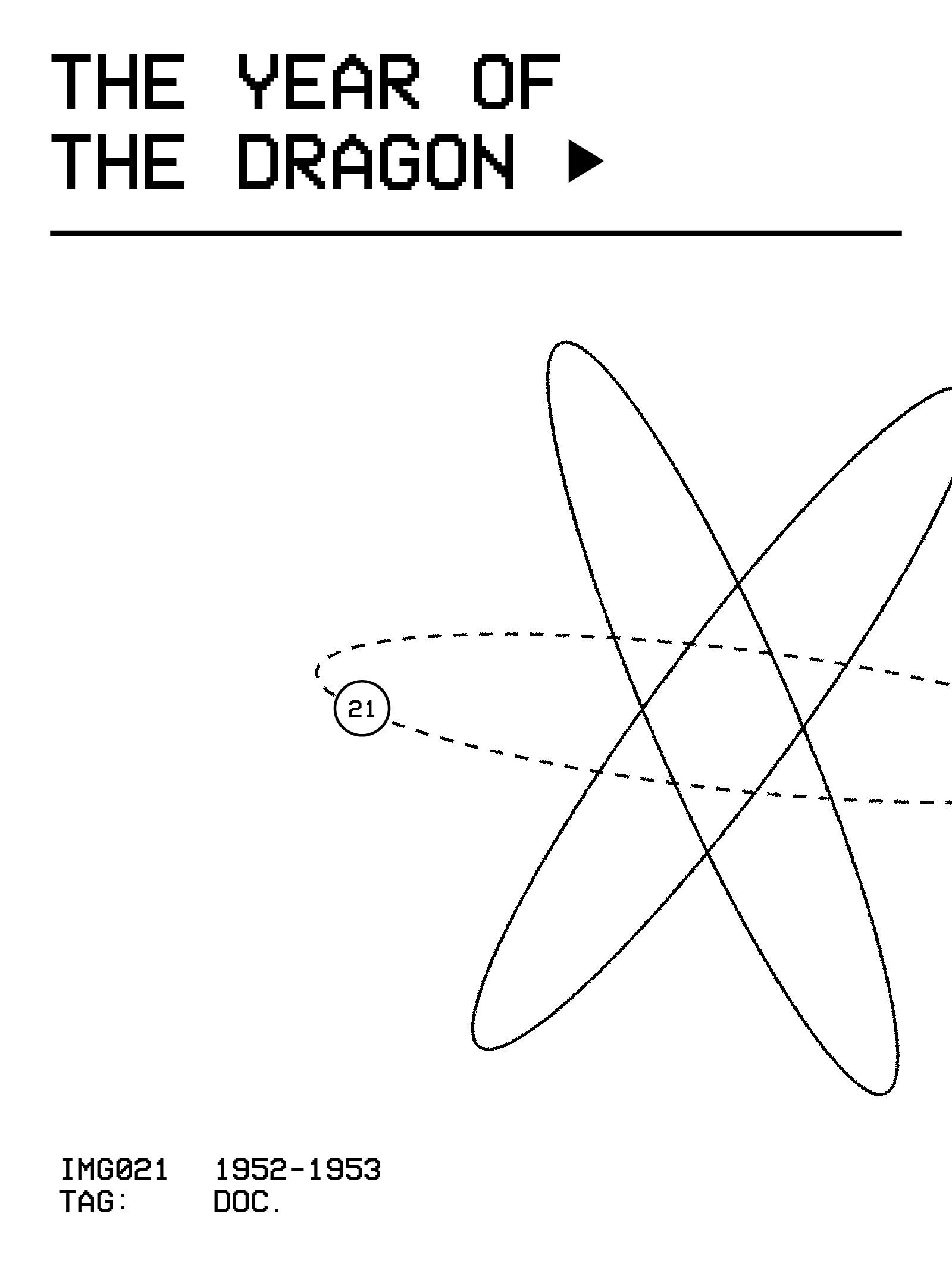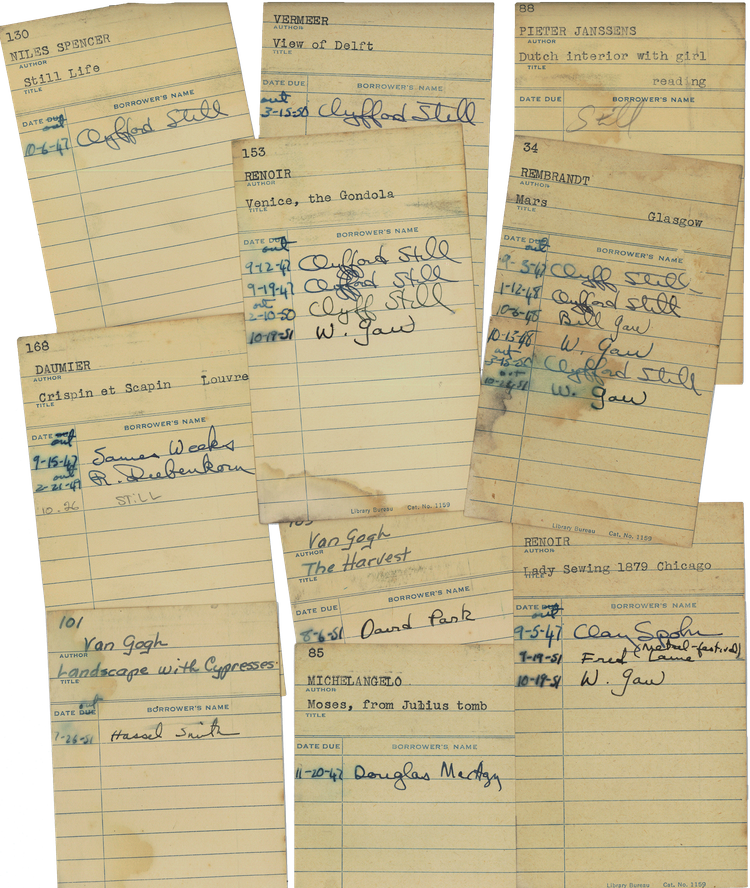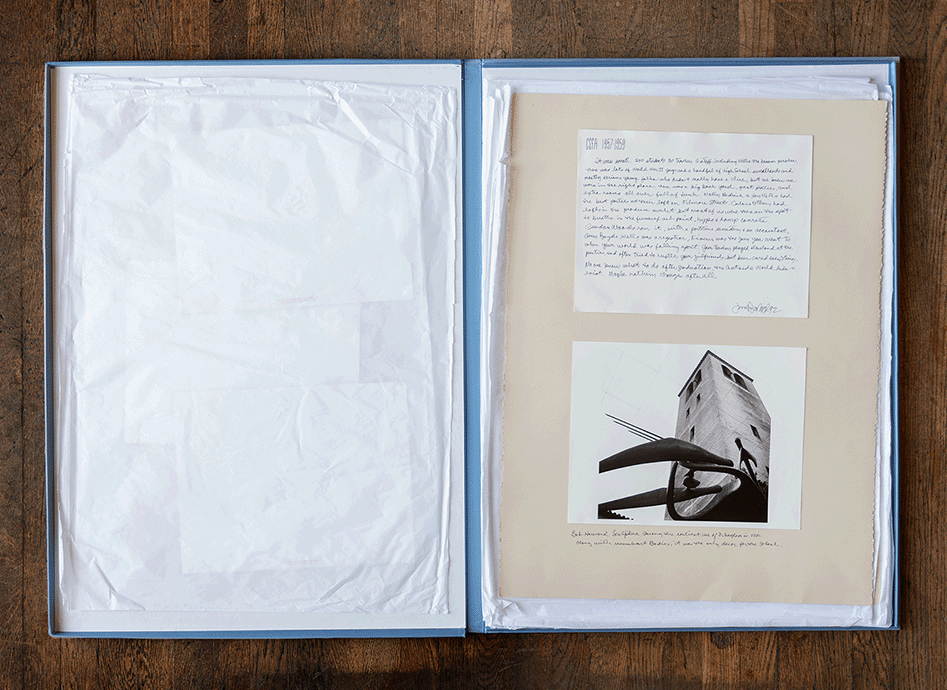
French Paper Clip
Author
Jeff Gunderson
Decade
1890s 1900s 1930s 1940s 1950s 1960s 1970s 1980s 1990s 2000s 2010s
Tags
Mark Hopkins Photography
Poetry Publications
Tattoos
The SFAI archives are full of ephemera, fugitive material, broadsides, posters, flyers, manuscripts, ledgers, photographs, and objects. Often the items that hold documents together ruin the original materials over time and need to be replaced. Paper fasteners include clips, needles, and staples, all of which can rust and destroy documents. These “french paper clips” added a little extra fanciness to a 1990s student publication, The Organizers of This Publication Assume No Responsibility for the Content Herein.
JG
Slideshow ︎︎︎
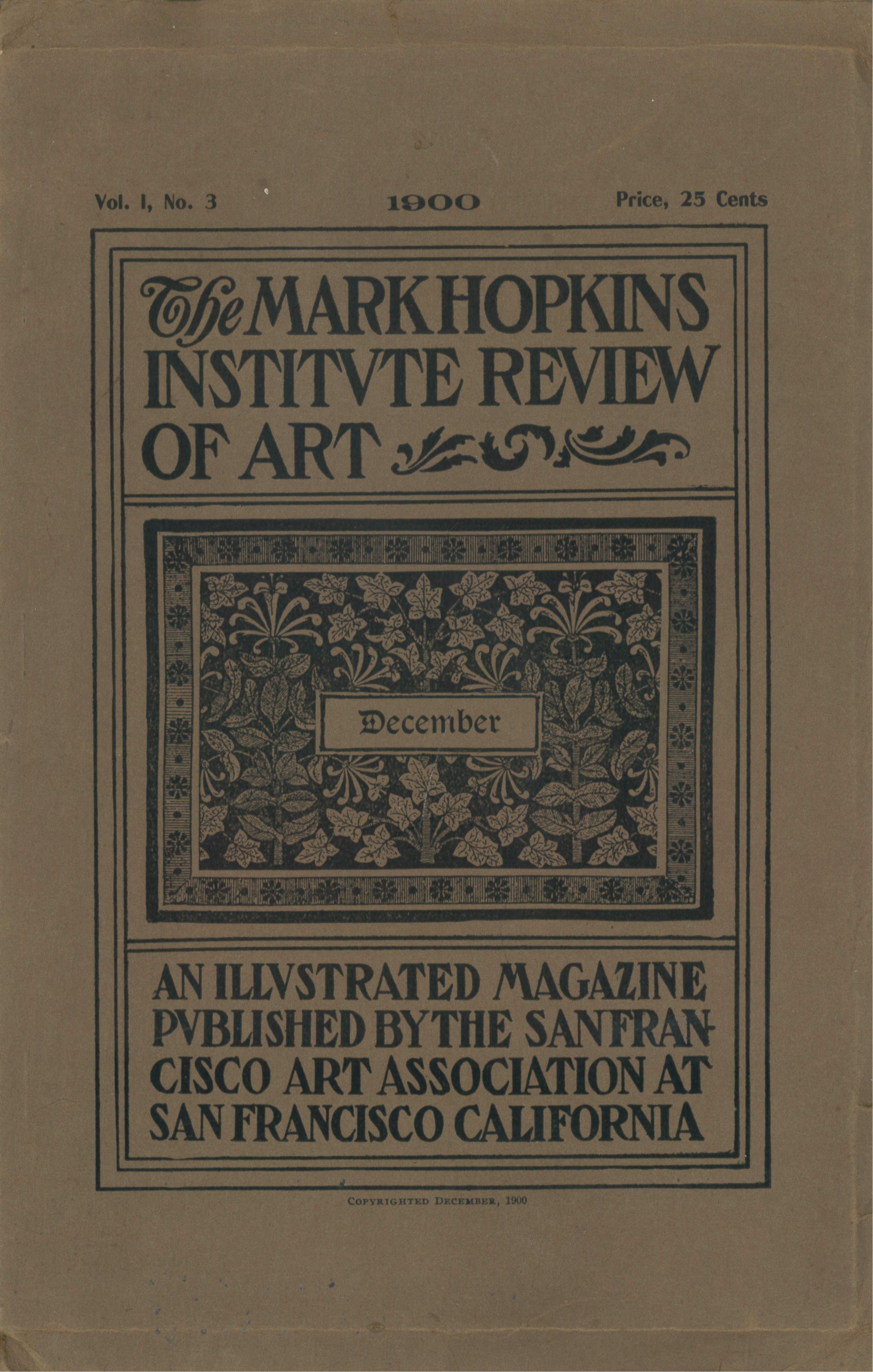

![The cover of the October 1934 San Francisco Art Association Bulletin featured Forever Free by sculptor, muralist, and public artist Sargent Claude Johnson (studied 1919–23, 1939–40). Johnson was one of the first Black artists from California to achieve a national reputation and the only West Coast artist to be considered part of the Harlem Renaissance. Ralph Stackpole, in his cover article “Montgomery Street Gossip,” writes of those many artists with studios in the neighborhood where the Transamerica Pyramid is today. Stackpole laments how the art “market lags behind production” while congratulating “Mr. and Mrs. Liebes” for their purchase of the Johnson sculpture. Also mentioned are “Cuneo’s show,” “Piazzoni’s ranch up in the mountains near Mount Torro [sic],” radio personality Tommy Howe, and the soon-to-be-opened Coit Tower with its recently finished frescoes.](https://freight.cargo.site/t/original/i/6297b0272f78ec1a95a2cc61736fb37e52303321c64324b38a42ab64096c0c4f/034_Matrix_Periodicals_1934_SFAA_Bulletin_Sargent_Johnson_Edited.png)
